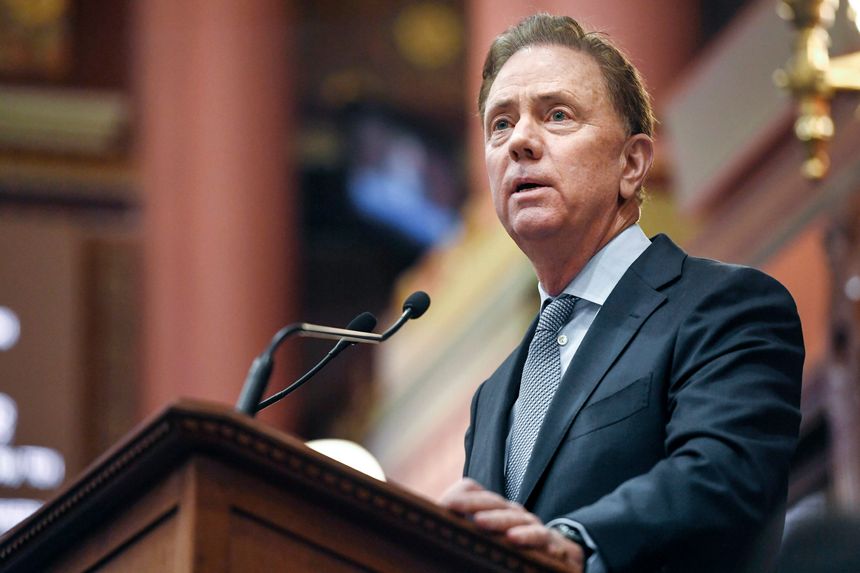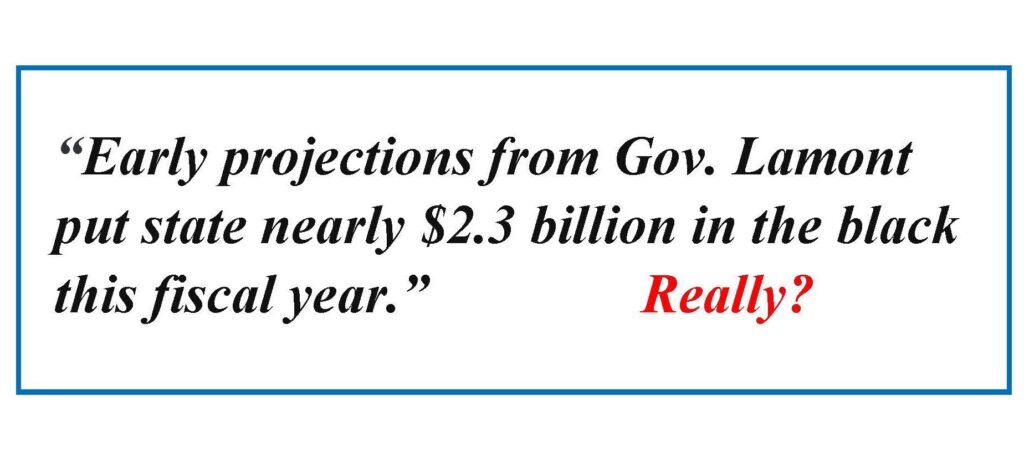The last time the stock market plunged as drastically as it did last year was 2008. Afterward in 2009, federal income tax collections from non-withheld (non-wage) income, mostly investment income from the 2008 stock market, plummeted 31%.

After last year’s stock market plunge, Connecticut budget officials are forecasting only a 15% decline, according to the new Consensus Revenue Forecast.
If past is prologue Connecticut should experience at least a 30% decline. That would put tax revenue $1 billion below the just-released new Forecast, wiping out a large chunk of the newly projected $3.1 billion budget surplus for fiscal 2023.
Yet, no one will know until April, when almost half of all such revenue arrives, following good years in the stock market, bad years and flat years. In the months beforehand, little non-withheld income tax revenue is ever received.













